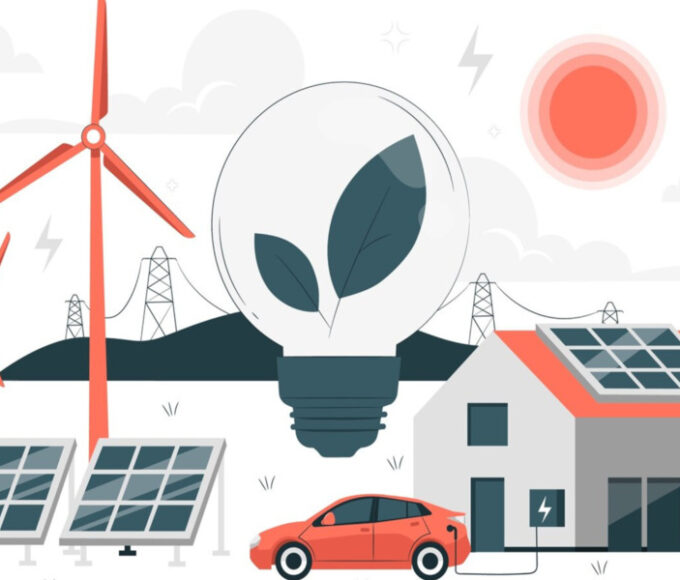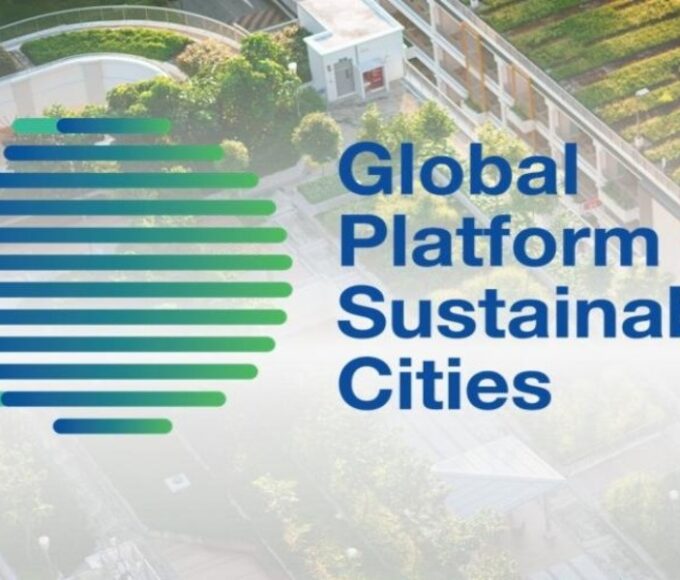U.S. Real Estate Market Outlook 2025: Trends, Challenges, and Opportunities
As we look toward the U.S. real estate market in 2025, several key factors will influence how both buyers and investors approach the market. The market has been on a rollercoaster ride since the pandemic, with fluctuations in interest rates, shifts in demand, and evolving housing preferences. However, 2025 is expected to bring new dynamics, as the economy, technology, and changing lifestyles continue to shape real estate trends. Here’s a look at the key factors influencing the U.S. real estate market in 2025.
1. Interest Rates and Mortgage Market
One of the most significant factors impacting the real estate market in 2025 will be mortgage rates. In recent years, the Federal Reserve’s rate hikes have led to higher mortgage rates, making homeownership less affordable for many buyers. While there are expectations that the Fed might stabilize rates or even cut them in response to inflation or economic pressures, mortgage rates are still expected to remain higher than what we saw in the pre-pandemic era.
For homebuyers, this means continuing affordability challenges in the market. Higher mortgage rates could lead to smaller homes, longer commute times, and a greater focus on affordability as buyers adjust their expectations. For first-time buyers, this could delay home purchases, especially in high-demand urban markets. On the flip side, investors may see this as an opportunity to buy properties at lower price points in emerging markets or suburban areas.
2. Housing Inventory Shortage
The U.S. housing market has been grappling with a significant shortage of homes, especially in the entry-level segment. This shortage is expected to persist into 2025. Although new construction is increasing, it often fails to meet the demand, particularly for affordable homes.
The lack of housing inventory has led to bidding wars, price increases, and a highly competitive market in many cities. While new homebuyers may find it challenging to find affordable homes, sellers in desirable locations may still benefit from high demand. As more people look to relocate due to factors like remote work and lifestyle changes, inventory issues may persist in key urban and suburban areas.
3. Urban and Suburban Shifts
The demand for housing will continue to shift in 2025, with many Americans opting for suburban or even rural locations over dense urban centers. This trend accelerated during the pandemic, and many people who once preferred city living are now considering the benefits of more space, lower costs, and proximity to nature. Suburban housing markets, especially those in the Sun Belt and other rapidly growing regions, will continue to experience strong demand.
However, some urban markets are also seeing a resurgence, especially in cities that have rebounded from pandemic-related slowdowns. Young professionals, empty-nesters, and retirees are drawn to urban areas for access to amenities, walkability, and career opportunities. As a result, there will likely be a continued balance between urban and suburban preferences in 2025.
4. Affordability Challenges
Affordability will remain one of the most significant challenges in the U.S. real estate market in 2025. Home prices have increased dramatically over the past few years, outpacing wage growth and making it difficult for many Americans to purchase homes. Rising mortgage rates further compound the problem, pricing many potential buyers out of the market.
As home prices continue to rise in desirable locations, some buyers may turn to alternative housing solutions, such as smaller homes, co-living arrangements, or moving further out from urban centers to find affordable options. In contrast, real estate investors may look to capitalize on this demand for rental properties, particularly in suburban or less densely populated areas.
5. Technological Integration and Smart Homes
Technology will play a key role in the future of real estate, especially as we move into 2025. With advancements in smart home technology, automation, and artificial intelligence, both buyers and sellers will have new ways to interact with the market. Smart home systems will become more popular, featuring energy-efficient designs, automated systems for lighting, temperature control, and security, making homes more attractive to tech-savvy buyers.
Real estate transactions themselves will become more tech-driven, with virtual home tours, blockchain for secure transactions, and AI-driven pricing models becoming increasingly common. Technology will streamline the buying, selling, and renting processes, providing both buyers and investors with more data-driven insights.
6. Sustainability and Green Building Trends
Sustainability will continue to be a key focus for the real estate market in 2025. Many buyers and renters are becoming more environmentally conscious and seeking homes that incorporate green building practices, energy-efficient technologies, and renewable energy sources like solar power.
As environmental regulations tighten and demand for eco-friendly homes rises, builders and developers will respond by increasing the number of sustainable homes and commercial properties. Green building certifications such as LEED (Leadership in Energy and Environmental Design) will become increasingly important, and buyers will look for properties that align with their values in terms of energy efficiency, sustainability, and environmental impact.
7. Rental Market Growth
As homeownership becomes less attainable for many, the rental market is expected to continue growing in 2025. With rising home prices and interest rates, more people are opting to rent rather than buy, especially in high-cost areas. This trend will be particularly strong among millennials and Gen Z, who are delaying homeownership due to financial barriers, including student debt and rising living costs.
This growing demand for rental properties will provide opportunities for investors, particularly in suburban and emerging markets. Additionally, institutional investors are increasingly entering the single-family rental market, purchasing homes to rent out, further increasing competition for rental units.
8. Commercial Real Estate Shifts
The commercial real estate market will continue to face challenges and adjustments in 2025. The rise of remote work and hybrid work models will reduce the demand for office spaces in some markets. Companies will continue to downsize their physical office footprints as employees work from home more frequently. However, office spaces designed for collaboration, innovation, and flexible working arrangements may still see demand.
The retail sector will also continue to struggle with the dominance of e-commerce, with brick-and-mortar stores increasingly focusing on experiential retail and integrating online and offline shopping. Mixed-use developments, where residential, commercial, and recreational spaces coexist, will continue to grow in popularity, especially in urban areas where space is limited.
9. Emerging Markets and Regional Variability
As always, the U.S. real estate market will see regional variability. While large cities like New York, San Francisco, and Los Angeles will continue to attract buyers, more affordable markets are seeing increased interest. Cities in the Sun Belt, such as Phoenix, Austin, and Charlotte, will continue to experience significant growth due to their relatively lower costs of living, warm climates, and attractive job markets.
Investors looking to diversify their portfolios may find opportunities in smaller, emerging markets where home prices are still affordable, and demand is growing due to migration trends and increased infrastructure investments.
Conclusion: Adapting to a Changing Market
The U.S. real estate market in 2025 will be shaped by various forces, from affordability challenges and higher interest rates to shifts in housing preferences and technological innovation. For buyers, the market will require flexibility and adaptability—those who can navigate new trends such as smart homes, sustainability, and remote work shifts will be better positioned for success. For investors, opportunities will arise in emerging markets, rental properties, and commercial spaces that embrace flexible use.
In summary, the 2025 real estate market will continue to evolve, offering both challenges and opportunities. Buyers and investors alike will need to stay informed and adaptable to navigate this dynamic market successfully.
Visit Latest Interviews
Recent Posts
Related Articles
Why You Should Think About Your Domain Extension Before You Think About The Name?
Think of your domain extension like a surname—it wraps up your web...
ByGlobal Leaders ViewAugust 19, 2025Germany’s ‘Energiewende’ Initiative: A Vision for a Sustainable Future
Germany’s ambitious energy transition, known as the Energiewende, aims to shift the...
ByGlobal Leaders ViewJanuary 27, 2025Global Platform on Sustainable Cities Established
In a groundbreaking move toward addressing the challenges of urbanization and climate...
ByGlobal Leaders ViewJanuary 27, 2025Singapore’s Green Urbanism Initiatives
Singapore, known for its modern skyline and bustling urban environment, is also...
ByGlobal Leaders ViewJanuary 27, 2025














Leave a comment